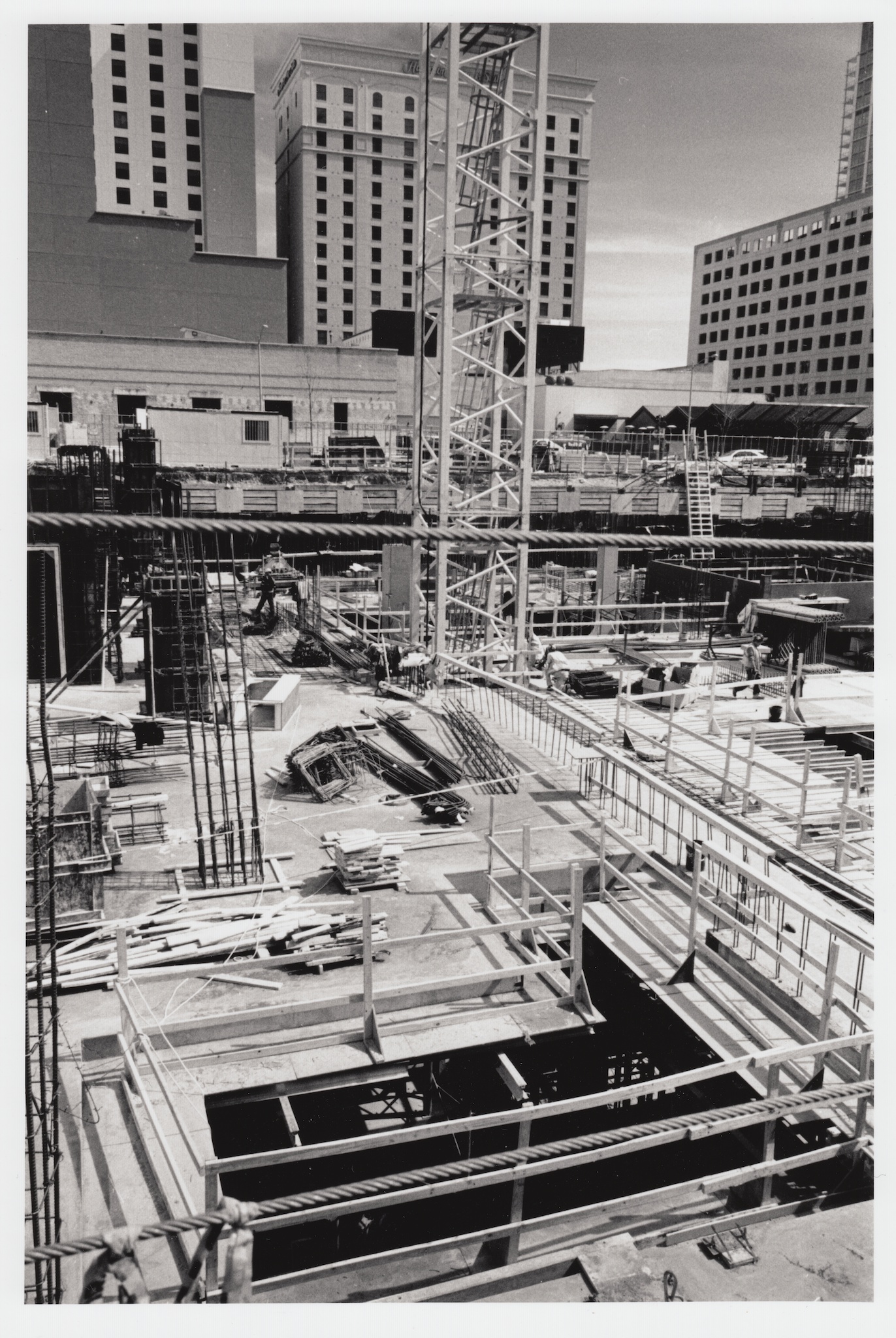
after gathering surface samples Officer Jolene Manipulates the transnoumenal plasma plotting our course to next star system–altering reality with the touch of a small, sensitive hand.
Recent US Supreme Court news has focused on DOMA; however, there’s another case which intrigues me more: Salinas v Texas. Here’s the holding:
When petitioner had not yet been placed in custody or received Miranda warnings, and voluntarily responded to some questions by police about a murder, the prosecution’s use of his silence in response to another question as evidence of his guilty at trial did not violate the Fifth Amendment because petitioner failed to expressly invoke his privilege not to incriminate himself in response to the officer’s question.
Specifically, police informally asked questions to a suspect; pre-Miranda; suspect answered most; when presented with a question that might incriminate him, he remained silent. His silent pause was used against him in court as evidence of his guilt.
Language–the means, mode, and act of communication, syntax and grammar, verbal or otherwise–is on stage here. Before this year, I’d never attempted a critical, circumspect investigation into language and its role in forming society and, more important, reality. In my pursuit of tying specific words to concepts as I understand them (something most important to me over the past two years), I’ve learned to appreciate the role language plays in all things human. I’ve found many discrepancies in my notions of definition and meaning by practicing pause when considering important values I hold. For example, I value integrity as a defining characteristic. I often shape my world-view around what I would do in a particular situation to maximize a positive outcome for myself and for all. But, what does integrity mean to another person? This is a problem. Since I’m not The Other, there’s no way for me to ever, ever know we absolutely agree on, well, anything at all.
In work, language and the act of communicating is perilous. We’re constantly misinterpreting. Text messages, chats, and emails amplify the problem. I’ve heard: “I messaged So-and-So over thirty minutes ago, why haven’t they responded? Did I make them angry somehow?” Silence can be scary, and it’s never clear what it means. This court case and outcome I find astounding because no reasonable way to interpret the silence of Salinas. In this case, a man’s life was at stake.
More troubling is that the existence of rights is tied to an act of language. Our Supreme Court confirmed Salinas should have exercised his right, and only then would his silence be inadmissible. With the conjuring of a right by his use of language it would have created the reality keeping him out of jail. Yet Salinas’ silence was instead used as a determining factor of his guilt. All this time I’ve acted as if rights are intrinsic. You have them, or you don’t. No magic spells required. I’ve obviously misunderstood Miranda as a safety net for the uninformed: The police must tell you your rights just to make sure you know them so they can’t coerce you to incriminate yourself. Instead, you do not have the right to remain silent without incriminating yourself until the police have informed you of your rights and you have used a form of language to exercise those rights. I believe this is a mistake and a marked indicator of our flawed society.
This issue indicates the power and provides clear evidence of the important role language plays in defining what and who we are. Every day I talk to dozens of people, and many of those conversations happen in a closed room, in a one-on-one setting as it’s part of my job. I listen, and I do whatever I can to help them, even if it is trivial. After countless hours of conversations with hundreds in this setting, I’ve become exceptionally aware, I believe, of the Otherness of the person in the room. I routinely and clearly see the barriers to communication: Distance, hesitation, fear, doubt, distrust, confusion, cultural issues, and just plain frustration in trying to convey an idea. You see the patterns enough, they become obvious. Today, it’s difficult to avoid acute self-awareness during these conversations. I’m constantly reminded there’s another person in the room with their own world-view, their own values, their own concerns, and it’s all wrapped in the period of time they’ve existed. Now, once at the front of my thoughts, the mechanics of identifying and addressing the concerns of the Other become automatic.
I think this takes a huge amount of practice, and I suspect most people never have such an opportunity. I think I’m probably lucky to be in this position; however, I can’t overstate how difficult it can be to always reach a positive outcome–and maintain that integrity I value. Language deficiencies leave room for misinterpretations that may prohibit outcomes perceived as my maintaining integrity, no matter what I do.



